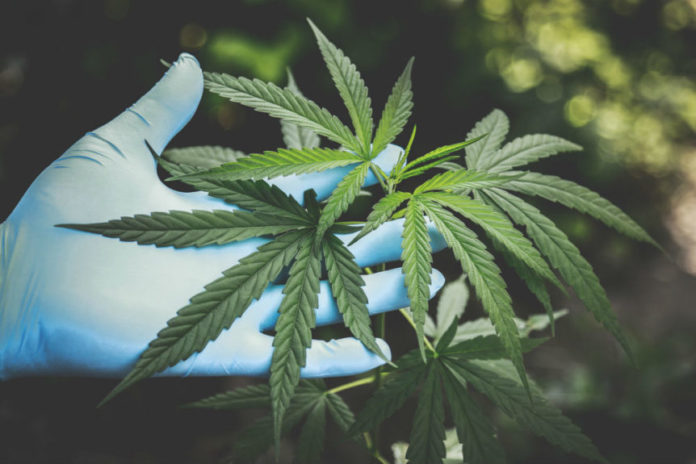
CBD, which stands for cannabidiol, is among the 100+ chemical compounds, or cannabinoids found in the Cannabis Sativa plant. In recent times, it has gained widespread popularity due to its useful health benefits. These include managing anxiety and depression, relieving chronic pain symptoms, treating neurological disorders, and reducing the side effects of cancer-treatment related symptoms.
Another reason why CBD is gaining such popularity is that it is a safe, organic option with minimal side effects to help people deal with various illnesses and conditions. This is because CBD oil doesn’t contain THC, also known as tetrahydrocannabinol, which is the cannabinoid that causes the user to become “high”. Therefore, CBD oil is non-psychoactive and non-addictive.
Currently, the CBD industry is on the rise. It is expected to grow into a $20 billion industry by 2024. With such enormous potential, coupled with the legalization of hemp-extracted CBD oil in many parts of the world, the CBD industry is witnessing new entrants in the market. This has prompted considerable interest in the various methods of extraction of CBD from the plant biomass since the viability and potency of CBD are highly dependant on what method is used.
This article will explore the best methods for CBD oil extraction, and highlight the benefits and drawbacks for each method to help you decide which option is best for you!
CBD Oil Extraction Methods
There are various methods of cannabis extraction that depend on several factors. These include safety, yield, extraction time and the type of solvent being used. Since different methods make use of different types of processes and machinery, it is important to be familiar with the different kinds of cannabis extraction equipment, such as those at capnasystems.com, which provide premium quality cannabis machinery for industrial use.
The following are the three most common types of cannabis extraction methods used in the CBD industry.
Carbon Dioxide Extraction Method
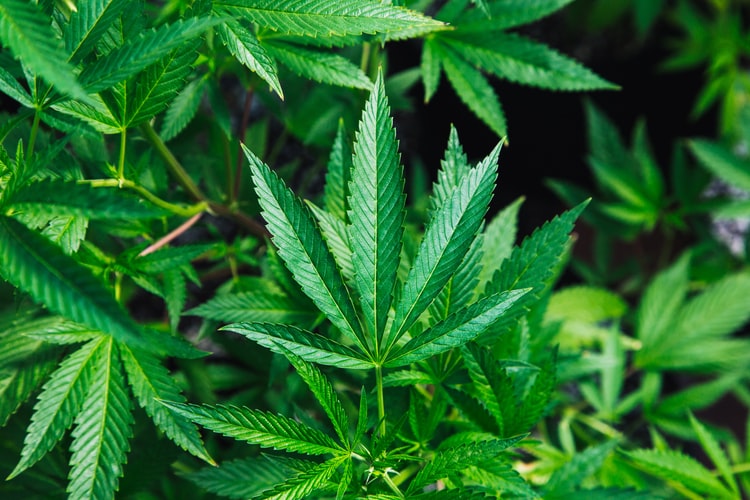
The Carbon Dioxide or CO2 method makes use of CO2 as a solvent. Essentially, there are two types of CO2 extractions, namely supercritical and subcritical. The difference in the two lies in the varying levels of temperature and pressure being used during this process.
Extraction Method
In the supercritical method of CO2 extraction of CBD oil, the temperature and pressure are adjusted in a compression chamber so that that gaseous CO2 behaves both like a liquid and a gas simultaneously. At this stage, the CO2 is said to be above its critical temperature and pressure. In the subcritical method, a lower temperature and pressure are used to convert the carbon dioxide into a liquid.
During both methods of extraction, the CO2 is passed through an extraction vessel that contains the cannabis plant. This is the step in which the essential terpenes and other useful compounds in the cannabis plant are extracted. The useful components from this process are then separated in a collection chamber while the separator helps the CO2 to pass through a condenser to be reused for the next cycle of cannabis extraction.
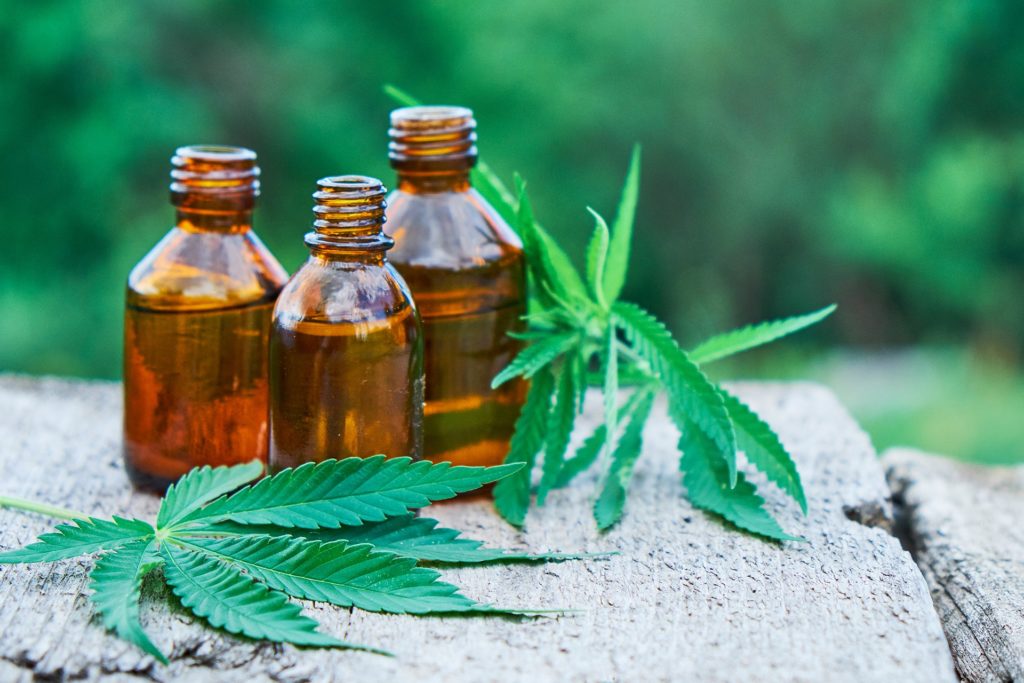
Benefits
This method of cannabis extraction doesn’t have any residuals, making it very efficient. Secondly, it is a very safe method that doesn’t extract unwanted compounds such as chlorophyll. Therefore, the end product contains a high concentration of CBD oil. Added to that, the machinery used during the CO2 method allows manual adjustments, thus allowing for different kinds of temperature-sensitive extractions to be carried out.
Drawbacks
The major drawback of CO2 extraction is the cost of the machinery. Additionally, the machinery requires specialists to operate them, which further adds to the cost. For this reason, many people find that they need to produce above a certain quantity to break even.
Hydrocarbon Extraction Method
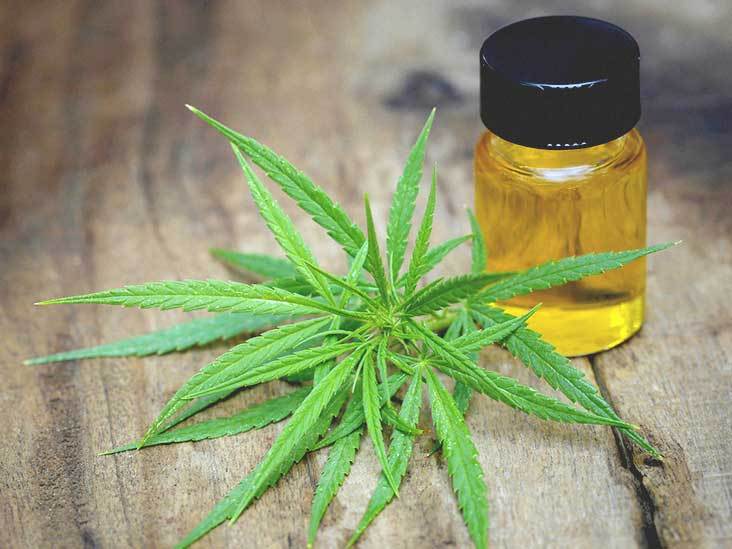
This method makes use of methane, butane or propane to extract the CBD oil from the cannabis plant. It uses a closed-loop extraction system that uses liquid hydrocarbon as a solvent to extract the CBD oil from the cannabis plant.
Extraction Method
The liquid hydrocarbon in the recovery cylinder is passed through the cannabis plant in a material column where it pulls the necessary chemical compounds. This is then collected in the collection vessel after which the hydrocarbon is evaporated in a warm water bath to separate the CBD oil.
After passing through a molecular sieve to filter out any moisture from the CBD oil, the cannabis oil is collected while the hydrocarbon is returned to the recovery cylinder through the condensing coil to be reused for another cycle.
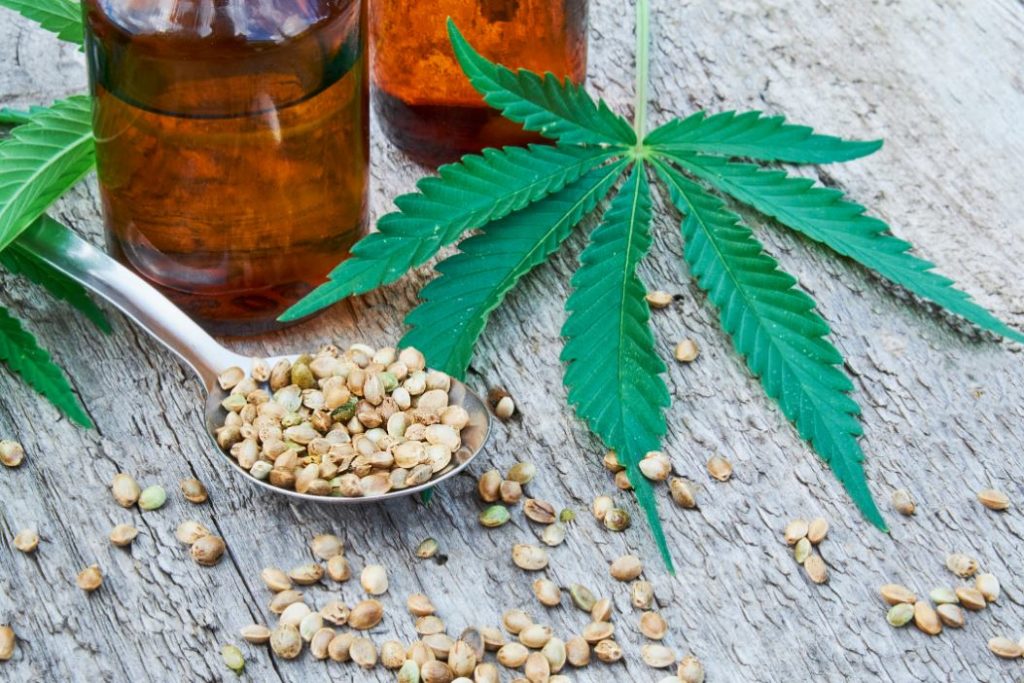
Benefits
The hydrocarbon method of extraction doesn’t extract big, unwanted compounds such as chlorophyll, resulting in very high-quality CBD oil. Compared to the CO2 method, it is much faster and efficient. Furthermore, the hydrocarbon extraction equipment is much more cost-effective compared to the expensive CO2 one.
Drawbacks
One of the major drawbacks of this method is that hydrocarbons are extremely flammable, which makes this method unsafe. For this reason, users need to ensure the highest safety standards to guard against the risk of accidents. Due to safety concerns, there may be strict regulations on the amount of CBD extraction allowed using hydrocarbons. Finally, compared to CO2 one, the hydrocarbon machinery is not manually adjustable for carrying out different kinds of this process.
Ethanol Extraction Method
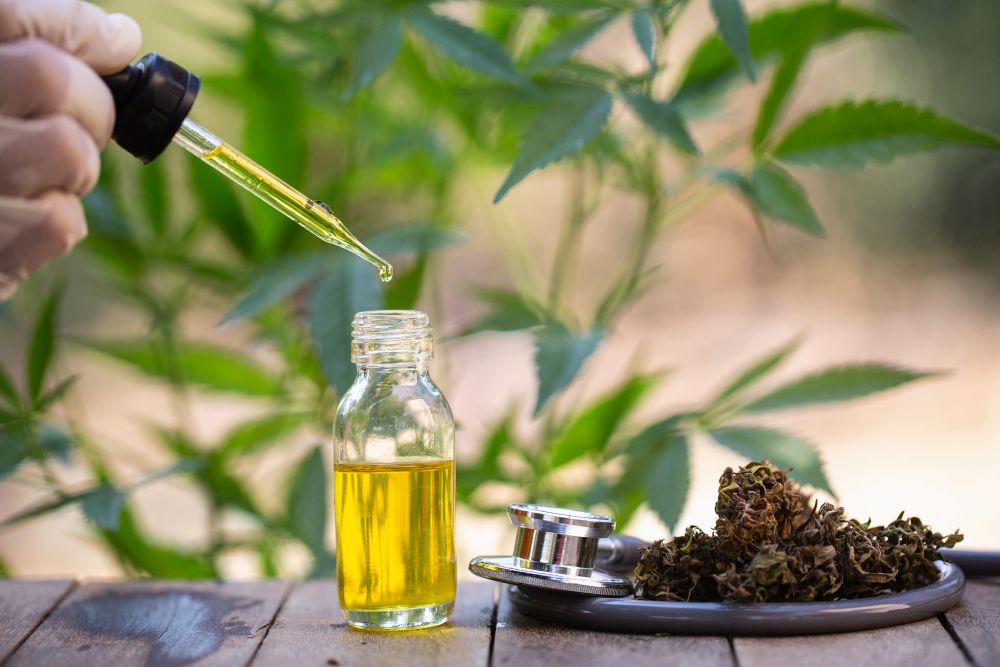
This method makes use of supercooled ethanol as a solvent to extract the CBD oil from the cannabis biomass.
Extraction Method
During this process of CBD oil extraction, the solvent storage tank contains the supercooled or cryogenic ethanol that is passed through the holding tank which contains the cannabis plant.
All the essential chemical compounds are collected in the extraction vessel, which has a negative pressure environment to extract the desired compounds. Equipment such as sock filters and pneumatic actuators are used for filtration and to effectively maintain pressure differentials.
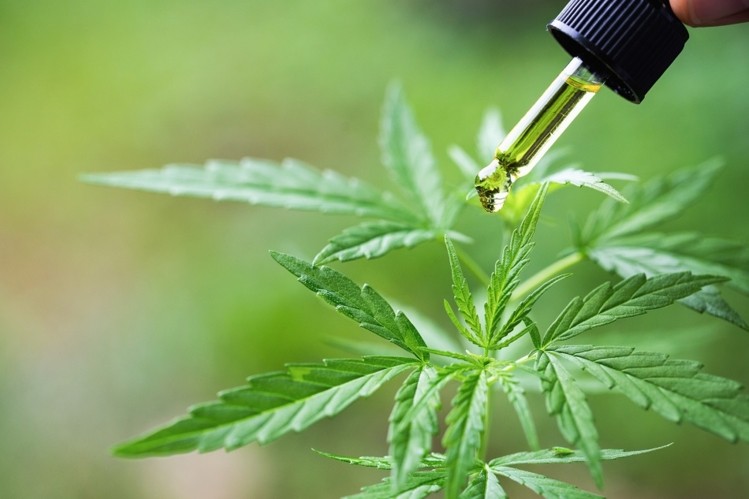
Benefits
This is a very safe and efficient method that yields superior quality CBD oil. The end product is free from residuals and molecules such as chlorophyll.
Drawbacks
This is a very efficient method of CBD oil extraction that combines the safety aspect of the CO2 and the high efficiency of the hydrocarbon extraction method. Therefore, it doesn’t have many drawbacks. However, it may require a certain level of technical expertise to operate the machinery and equipment.
















